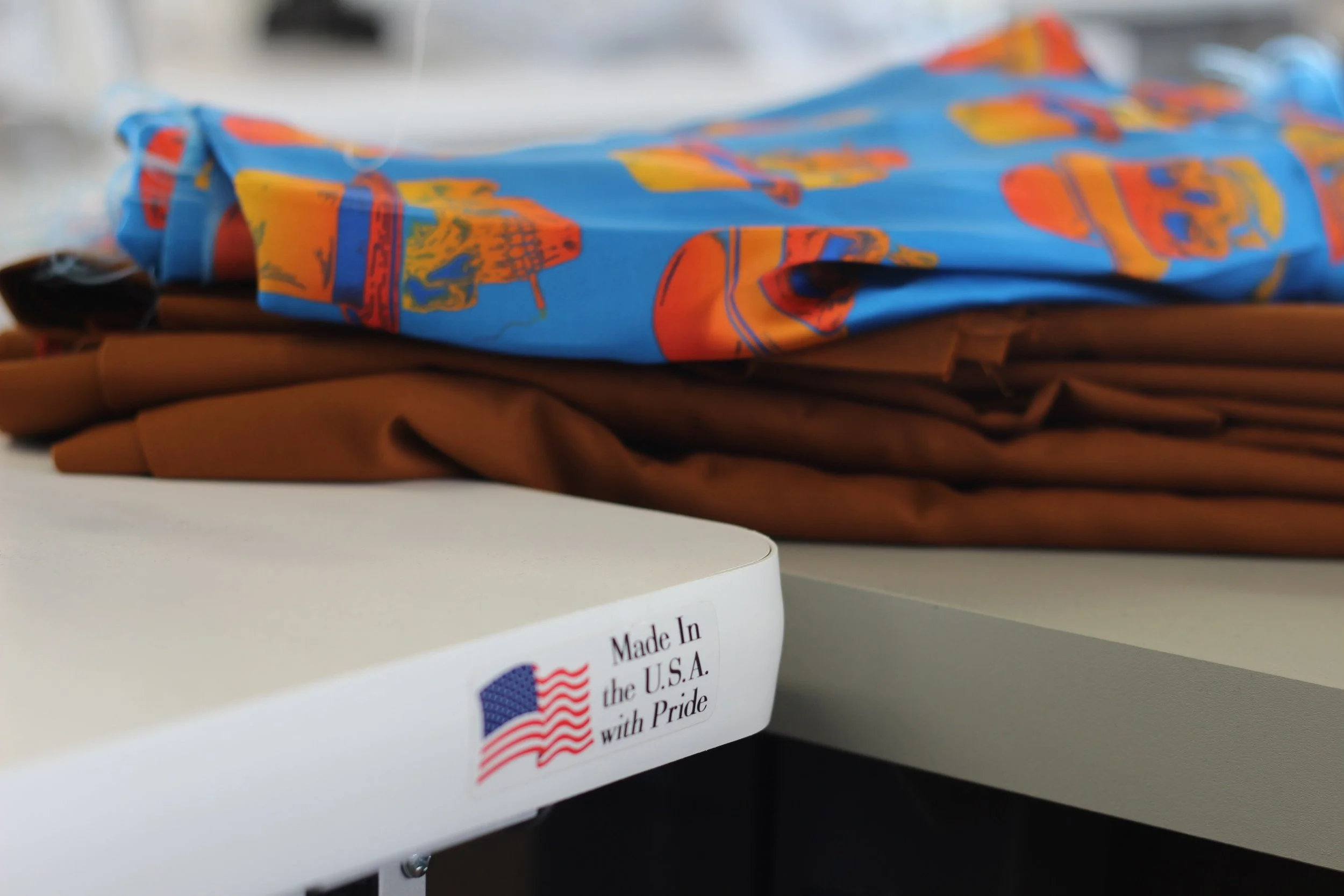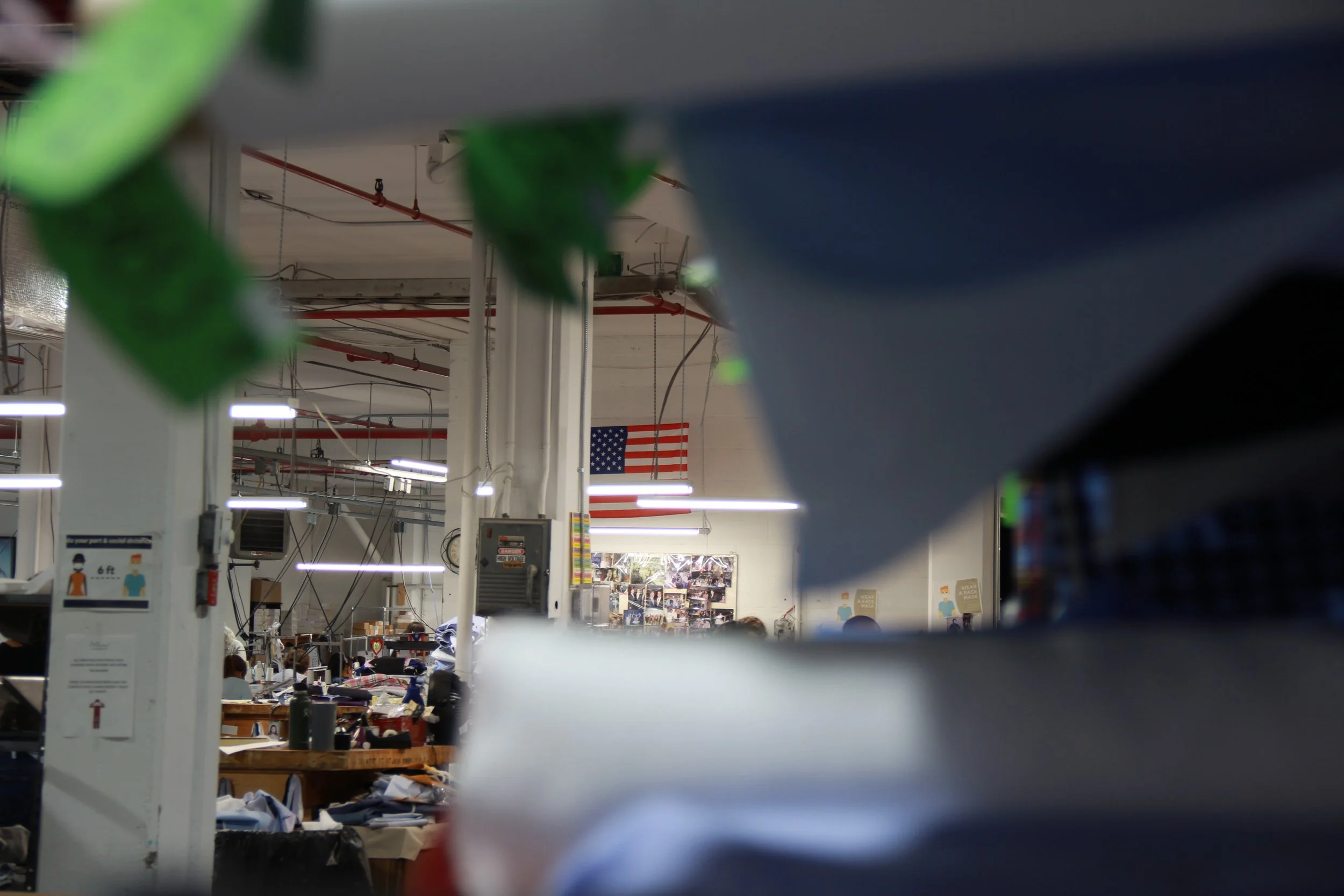Trump's Tariffs: Challenges and Opportunities for American Clothing Manufacturing
Trump-era tariffs, particularly those imposed on imports from countries like China, aimed to boost American manufacturing by making imported goods more expensive and creating incentives to produce domestically. However, the implications for American clothing manufacturing are complex:
Positive Impacts
1. Encouragement for Domestic Production: Higher tariffs on imported textiles and apparel can make American-made products more cost-competitive, encouraging manufacturers to produce in the U.S.
2. Revitalization of Local Supply Chains: With fewer imports, there’s potential for growth in local textile mills and sewing operations.
3. Support for "Made in USA" Demand: Consumers willing to pay a premium for American-made goods may help sustain domestic clothing brands.
Negative Impacts
1. Higher Costs for Materials: Many American manufacturers still rely on imported fabrics and components. Tariffs on these imports can raise production costs, making final products more expensive.
2. Limited Infrastructure: The U.S. lacks the large-scale manufacturing infrastructure that many other countries have developed over decades, making it difficult to meet high demand domestically.
3. Retail Price Increases: Higher production costs could translate into more expensive clothing for consumers, potentially reducing demand.
4. Global Retaliation: Tariff wars can lead to other countries imposing their own tariffs on U.S. exports, which could hurt American brands looking to sell internationally.
What It Means for American Clothing Manufacturing
- Short-Term Pain: Manufacturers may face challenges as they adjust to higher material costs and limited infrastructure. Also, there is very little American manufacturing here in America, if tomorrow everyone decided to buy American goods they will be discouraged by the journey they’ll need to go on.
- Long-Term Potential: If investment in domestic textile production and workforce training grows, the tariffs could create a more sustainable and competitive U.S. clothing industry in the long run.
- Niche Markets: American clothing manufacturing may see growth in high-value niches like sustainable fashion, luxury goods, or custom clothing, which can absorb higher costs more effectively.
For small businesses like ours, leveraging a strong "Made in the USA" branding strategy and focusing on high-quality, bespoke products could position us and our community well in this evolving landscape.


